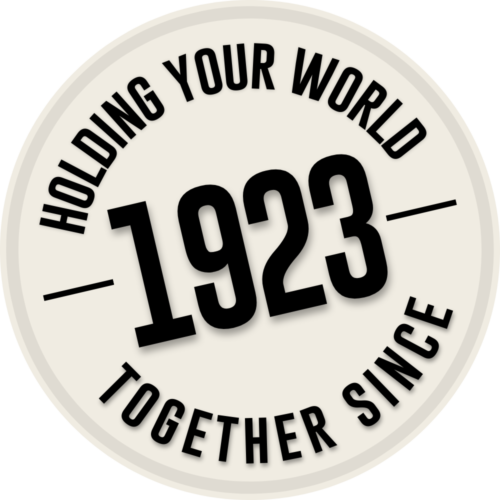Did You Know?
One of the questions that we are asked more than any other question involves rubber bands and their size numbers. While we have published in great detail the most generally accepted set of rubber band sizes here, still many are left wondering about the true history of rubber band sizes.
Rubber Bands and Size Numbers
A rubber band is assigned an industry-standard number based on its dimensions. Generally, bands are numbered from smallest to largest, with width first. Thus, rubber bands numbered 8–19 are all 1⁄16 inch wide, with lengths going from 7⁄8 inch to 3+1⁄2 inches. Rubber band numbers 30–35 are for a width of 1⁄8 inch, going again from shorter to longer. For even longer bands, the numbering starts over for numbers above 100, again starting at width 1⁄16 inch.
The Evolution of Rubber Band Size Numbers
The first use of rubber band size numbers can be traced back to the early 20th century. While it is difficult to pinpoint an exact date or inventor, the practice of categorizing rubber bands by size gained popularity during this time.
Rubber bands were being widely used for various purposes, including holding together bundles of paper, packaging items, and even as a component in various machinery and equipment. However, there was a need for a standardized system to differentiate and identify the different sizes of rubber bands available in the market.
The introduction of size numbers allowed users to easily select the appropriate rubber band for their specific needs. Typically, the rubber bands were sorted and packaged in groups based on their size, with each size assigned a unique number.
These size numbers could vary depending on the manufacturer, and there was no universal standard initially. However, over time, some commonly accepted size numbers emerged, such as #12, #14, #32, and so on, which became more widely recognized and used by manufacturers and consumers alike.
Today, rubber bands are still categorized and labeled with size numbers to indicate their dimensions and stretching capabilities. These size numbers make it easier for individuals and businesses to choose the right rubber band for their intended applications.
The First Published Use of Rubber Band Sizes
Standards for the rubber band were established in the United States in 1925 by the Department of Commerce, Bureau of Standards. These standards detailed requirements for the number of bands per pound depending on the length of the band and the tensile strength and elongation of the bands. We have made a copy of this available for you to view below!





